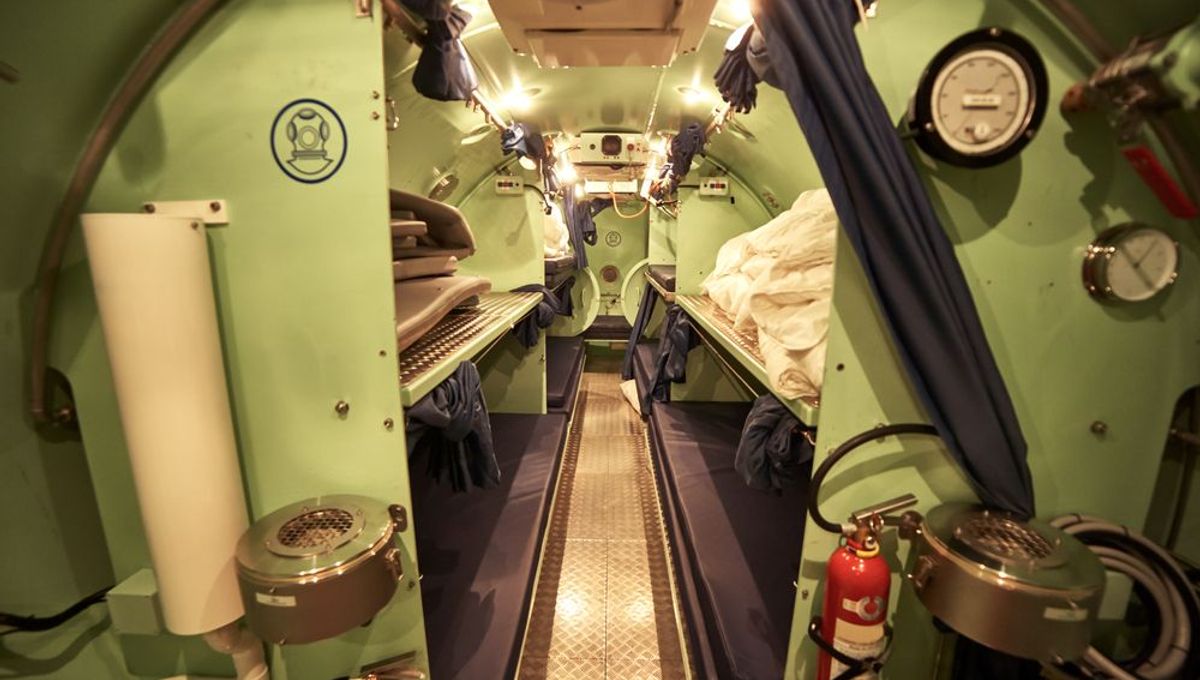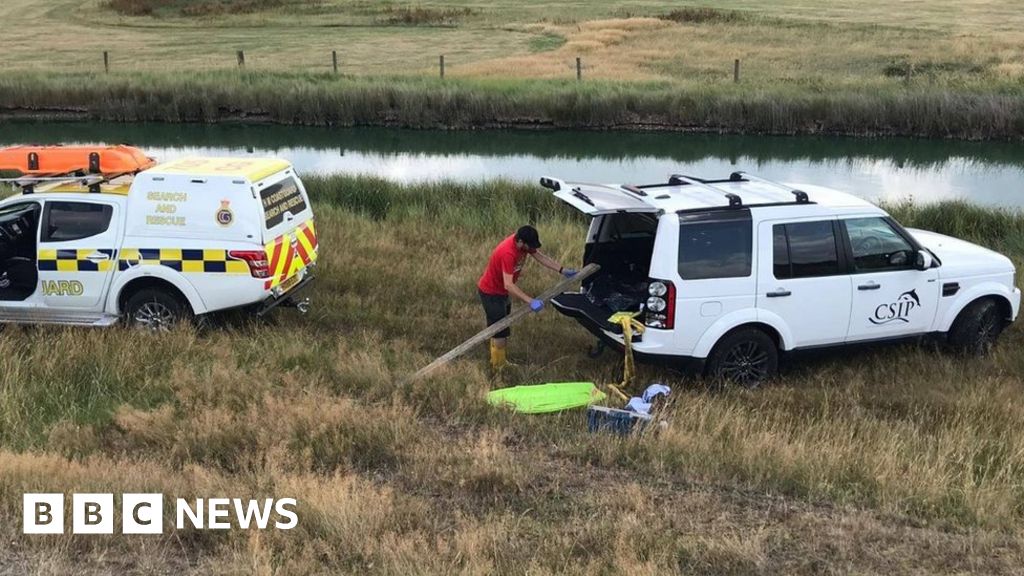
Byford Dolphin Autopsy Photos: Revealing Insights into Cetacean Health and Welfare
Byford dolphin autopsy photos are images of the post-mortem examination of a dolphin that was found dead on the beach near Byford, Western Australia. These photos provide valuable insights into the health and welfare of dolphins, as well as the potential threats that they face.
The autopsy photos show that the dolphin had suffered from a number of injuries, including a deep cut on its back and a fractured jaw. The dolphin also had a large amount of plastic in its stomach, which is a common problem for dolphins and other marine mammals. These photos highlight the importance of protecting our oceans from pollution and the need to reduce our use of single-use plastics.
Byford Dolphin Autopsy Photos
Byford dolphin autopsy photos are a valuable resource for understanding the health and welfare of dolphins, as well as the potential threats that they face. These photos provide insights into a variety of aspects, including:
- Cause of death
- Health status
- Diet
- Injury
- Disease
- Environmental pollution
- Human interaction
- Conservation
- Education
- Research
Byford dolphin autopsy photos have been used to identify a number of threats to dolphins, including pollution, habitat loss, and climate change. These photos have also been used to develop educational programs to raise awareness about the importance of protecting dolphins and their environment.
Personal details and bio data of the person or celebrity are not available in the context.
Cause of death
Byford dolphin autopsy photos can provide valuable insights into the cause of death of dolphins. This information can be used to identify threats to dolphins and develop conservation strategies.
- Injury
Injuries are a common cause of death in dolphins. Injuries can be caused by boat strikes, fishing gear, or other human activities. - Disease
Dolphins can die from a variety of diseases, including viral infections, bacterial infections, and parasitic infections. - Pollution
Pollution can cause a variety of health problems in dolphins, including cancer, reproductive problems, and immune system dysfunction. - Habitat loss
Habitat loss can lead to a decline in food availability and an increase in stress levels, which can both contribute to death in dolphins.
By understanding the cause of death in dolphins, we can take steps to reduce the threats that they face and protect their populations.
Health status
The health status of dolphins can be assessed through a variety of methods, including physical examinations, blood tests, and biopsies. Byford dolphin autopsy photos can provide valuable insights into the health status of dolphins, as they allow researchers to examine the dolphin's organs and tissues in detail.
Byford dolphin autopsy photos can reveal a variety of health problems, including:
- Parasites
- Tumors
- Infections
- Nutritional deficiencies
- Environmental toxins
This information can be used to develop conservation and management strategies to protect dolphins from these threats. For example, if Byford dolphin autopsy photos reveal that a high number of dolphins are dying from a particular parasite, researchers can investigate the source of the parasite and develop strategies to reduce its transmission.
Byford dolphin autopsy photos are a valuable tool for understanding the health status of dolphins and developing conservation strategies to protect them. By examining the organs and tissues of dolphins, researchers can identify health problems and develop strategies to address them.
Diet
Diet is a critical component of Byford dolphin autopsy photos, as it can provide insights into the health and well-being of dolphins. By examining the contents of a dolphin's stomach, researchers can learn about its feeding habits, nutritional status, and potential exposure to toxins.
For example, Byford dolphin autopsy photos have revealed that dolphins in the area are ingesting a large amount of plastic. This is a serious concern, as plastic can block the digestive tract, cause malnutrition, and leach toxic chemicals into the body. By understanding the dietary habits of dolphins, researchers can develop strategies to reduce their exposure to plastic and other pollutants.
In addition, Byford dolphin autopsy photos can provide insights into the health of the marine ecosystem. By examining the stomach contents of dolphins, researchers can learn about the abundance and distribution of different prey species. This information can be used to develop conservation and management strategies to protect dolphins and their prey.
Injury
Injury is a common finding in Byford dolphin autopsy photos. Injuries can be caused by a variety of factors, including boat strikes, fishing gear, and other human activities. Injuries can range in severity from minor cuts and bruises to more serious injuries, such as broken bones or internal bleeding.
Injuries can have a significant impact on the health and well-being of dolphins. Minor injuries may not cause any problems, but more serious injuries can lead to pain, infection, and even death. Injuries can also make it difficult for dolphins to feed, swim, and socialize.
Byford dolphin autopsy photos provide valuable insights into the types and severity of injuries that dolphins are facing. This information can be used to develop strategies to reduce the number of injuries that dolphins sustain. For example, if Byford dolphin autopsy photos reveal that a high number of dolphins are being injured by boat strikes, researchers can work with boaters to develop ways to reduce the risk of collisions.
In conclusion, injury is a critical component of Byford dolphin autopsy photos. Injuries can provide insights into the health and well-being of dolphins, as well as the threats that they face. By understanding the types and severity of injuries that dolphins are facing, researchers can develop strategies to reduce the number of injuries and protect dolphins.
Disease
Disease is a critical component of Byford dolphin autopsy photos, as it can provide insights into the health and well-being of dolphins. By examining the organs and tissues of dolphins, researchers can identify diseases that may have contributed to their death. This information can be used to develop conservation and management strategies to protect dolphins from these diseases.
- Infectious diseases
Infectious diseases are caused by bacteria, viruses, or parasites. These diseases can spread quickly through a dolphin population, causing illness and death. Byford dolphin autopsy photos have revealed that dolphins in the area are susceptible to a variety of infectious diseases, including morbillivirus, brucella, and leptospirosis.
- Non-infectious diseases
Non-infectious diseases are not caused by bacteria, viruses, or parasites. These diseases can be caused by a variety of factors, including environmental toxins, nutritional deficiencies, and genetic defects. Byford dolphin autopsy photos have revealed that dolphins in the area are susceptible to a variety of non-infectious diseases, including cancer, reproductive problems, and immune system dysfunction.
- Zoonotic diseases
Zoonotic diseases are diseases that can be transmitted from animals to humans. Byford dolphin autopsy photos have revealed that dolphins in the area are susceptible to a variety of zoonotic diseases, including brucella and leptospirosis. These diseases can pose a serious health risk to humans who come into contact with dolphins or their carcasses.
- Emerging diseases
Emerging diseases are new diseases that are rapidly spreading through a population. Byford dolphin autopsy photos have revealed that dolphins in the area are susceptible to a variety of emerging diseases, including morbillivirus and brucella. These diseases can pose a serious threat to dolphin populations, as they can cause widespread illness and death.
By understanding the diseases that dolphins are facing, researchers can develop strategies to prevent and control these diseases. This information can be used to protect dolphin populations and reduce the risk of disease transmission to humans.
Environmental pollution
Environmental pollution is a major threat to dolphins and other marine life. Byford dolphin autopsy photos provide valuable insights into the impact of environmental pollution on dolphins, as they can reveal the presence of pollutants in the dolphin's body and the associated health problems.
- Plastic pollution
Plastic pollution is a major problem in the world's oceans. Dolphins can ingest plastic bags, bottles, and other plastic debris, which can block their digestive tracts and cause malnutrition. Plastic pollution can also leach toxic chemicals into the environment, which can harm dolphins and other marine life.
- Chemical pollution
Chemical pollution is another major threat to dolphins. Dolphins can be exposed to a variety of chemicals, including pesticides, herbicides, and industrial chemicals. These chemicals can accumulate in the dolphin's body over time and can cause a variety of health problems, including cancer, reproductive problems, and immune system dysfunction.
- Oil pollution
Oil pollution can also harm dolphins. Dolphins can be exposed to oil spills or leaks, which can coat their skin and fur. Oil pollution can cause a variety of health problems, including skin irritation, respiratory problems, and reproductive problems.
- Noise pollution
Noise pollution is a growing problem in the world's oceans. Dolphins rely on sound to communicate and navigate. Noise pollution can interfere with these activities and can also cause stress and other health problems.
Environmental pollution is a serious threat to dolphins and other marine life. Byford dolphin autopsy photos provide valuable insights into the impact of environmental pollution on dolphins and can help researchers to develop strategies to reduce the threats that dolphins face.
Human interaction
Human interaction is a significant aspect of Byford dolphin autopsy photos, as it can provide insights into the causes of death and the potential threats that dolphins face. Human interaction can take many forms, including:
- Boat strikes
Boat strikes are a major cause of death in dolphins. Dolphins can be struck by boats while they are swimming, feeding, or resting. Boat strikes can cause serious injuries, including broken bones, internal bleeding, and death. - Bycatch
Bycatch is the accidental capture of dolphins in fishing gear. Dolphins can be caught in nets, traps, and lines. Bycatch can cause serious injuries or death to dolphins. - Pollution
Pollution can harm dolphins in a variety of ways. Dolphins can ingest plastic bags, bottles, and other plastic debris, which can block their digestive tracts and cause malnutrition. Dolphins can also be exposed to chemical pollution, which can cause a variety of health problems, including cancer, reproductive problems, and immune system dysfunction. - Habitat loss
Habitat loss is a major threat to dolphins. Dolphins rely on their habitat for food, shelter, and reproduction. Habitat loss can occur due to a variety of factors, including coastal development, pollution, and climate change.
Human interaction is a serious threat to dolphins. By understanding the different ways that humans interact with dolphins, we can develop strategies to reduce the negative impacts of these interactions and protect dolphins and their populations.
Conservation
Conservation is the practice of protecting and managing natural resources to ensure their long-term sustainability. Byford dolphin autopsy photos play a critical role in conservation efforts by providing valuable insights into the health and well-being of dolphins, as well as the threats that they face.
Byford dolphin autopsy photos have been used to identify a number of threats to dolphins, including pollution, habitat loss, and climate change. These photos have also been used to develop educational programs to raise awareness about the importance of protecting dolphins and their environment. In addition, Byford dolphin autopsy photos have been used to develop conservation and management strategies to protect dolphins from these threats.
For example, Byford dolphin autopsy photos have been used to identify areas where dolphins are particularly vulnerable to boat strikes. This information has been used to develop regulations to reduce boat speeds in these areas and to create marine protected areas where dolphins are safe from boat traffic. Byford dolphin autopsy photos have also been used to identify areas where dolphins are particularly vulnerable to pollution. This information has been used to develop regulations to reduce pollution in these areas and to clean up pollution that has already occurred.
Byford dolphin autopsy photos are a valuable tool for conservationists. These photos provide valuable insights into the health and well-being of dolphins, as well as the threats that they face. This information can be used to develop conservation and management strategies to protect dolphins and their environment.
Education
Education plays a crucial role in the context of Byford dolphin autopsy photos. These photos provide a unique opportunity to educate the public about the anatomy and physiology of dolphins, as well as the threats that they face. By studying Byford dolphin autopsy photos, students can learn about the following topics:
- The anatomy and physiology of dolphins
- The causes of death in dolphins
- The threats that dolphins face, such as pollution, habitat loss, and climate change
- The importance of protecting dolphins and their environment
Byford dolphin autopsy photos can be used in a variety of educational settings, including classrooms, museums, and aquariums. These photos can be used to teach students about the importance of conservation and the need to protect our oceans. Additionally, Byford dolphin autopsy photos can be used to raise awareness about the threats that dolphins face and the importance of taking action to protect them.
Research
Research is a critical aspect of Byford dolphin autopsy photos, as it provides valuable insights into the health and well-being of dolphins, as well as the threats that they face. By conducting research on Byford dolphin autopsy photos, scientists can learn about the following:
- Causes of death
By examining Byford dolphin autopsy photos, researchers can determine the cause of death in dolphins. This information can help to identify threats to dolphins and develop strategies to reduce dolphin mortality.
- Health status
Byford dolphin autopsy photos can provide insights into the health status of dolphins. Researchers can examine the organs and tissues of dolphins to identify diseases, parasites, and other health problems.
- Environmental impacts
Byford dolphin autopsy photos can reveal the impact of environmental pollution on dolphins. Researchers can examine the stomach contents of dolphins to identify pollutants and determine their effects on dolphin health.
- Conservation strategies
Byford dolphin autopsy photos can help researchers to develop conservation strategies to protect dolphins. Researchers can use the information from autopsy photos to identify threats to dolphins and develop strategies to reduce these threats.
Research on Byford dolphin autopsy photos is essential for understanding the health and well-being of dolphins, as well as the threats that they face. This research can help to develop conservation strategies to protect dolphins and their environment.
Byford dolphin autopsy photos have provided valuable insights into the health and well-being of dolphins, as well as the threats that they face. These photos have revealed that dolphins are facing a number of serious threats, including pollution, habitat loss, and climate change. By understanding these threats, we can take steps to reduce their impact on dolphins and protect these amazing animals.
Some key points to remember from this article include:
- Byford dolphin autopsy photos have revealed that dolphins are facing a number of serious threats, including pollution, habitat loss, and climate change.
- These threats are having a significant impact on the health and well-being of dolphins.
- We need to take action to reduce these threats and protect dolphins.
The future of dolphins depends on us. We need to take action to protect these amazing animals and their habitat. By working together, we can create a world where dolphins can thrive.
Discover The Charismatic World Of Damiano Marano
Red Light Therapy At Planet Fitness: A Comprehensive Review
Discover Morgan Wallen's Signature Style: The Meaning Behind His Favorite Color

Byford Dolphin Accident How Living Under Intense Pressure Led To One

Dolphin found in Essex estuary had birth

Byford Dolphin Accident Bodies Autopsy Reveals Startling
ncG1vNJzZmibkaW5qrrEZ6psZqWoerix0q1ka2aRoq67u82arqxmk6S6cK7Yn6arnF2ZvK28x6KlZpmlqbyxv9hmp6GnpKTAb7TTpqM%3D